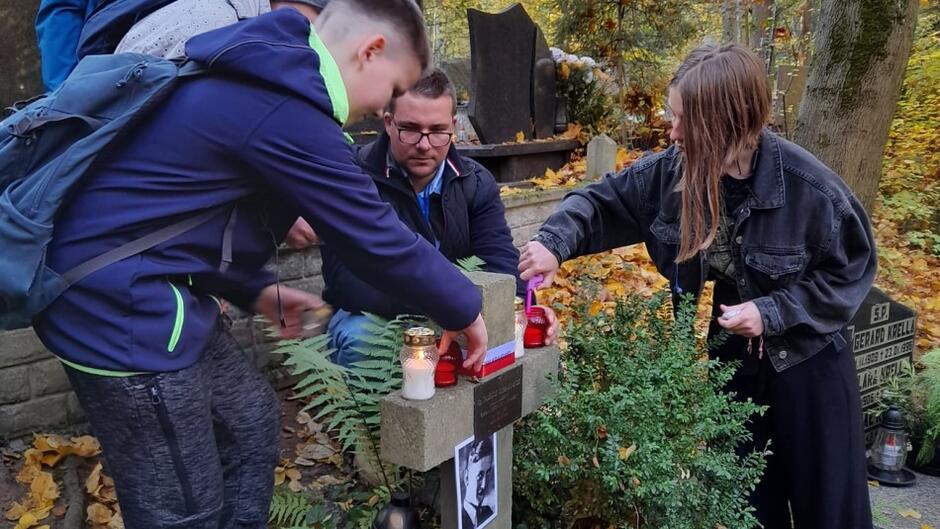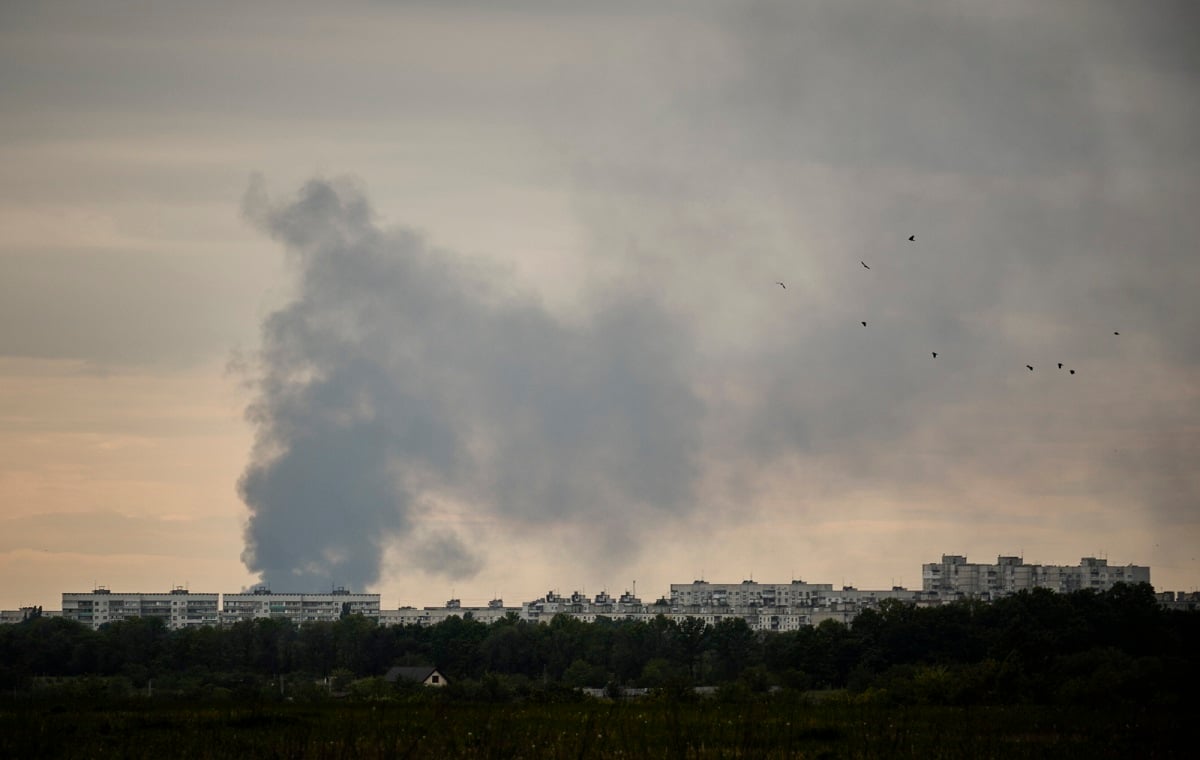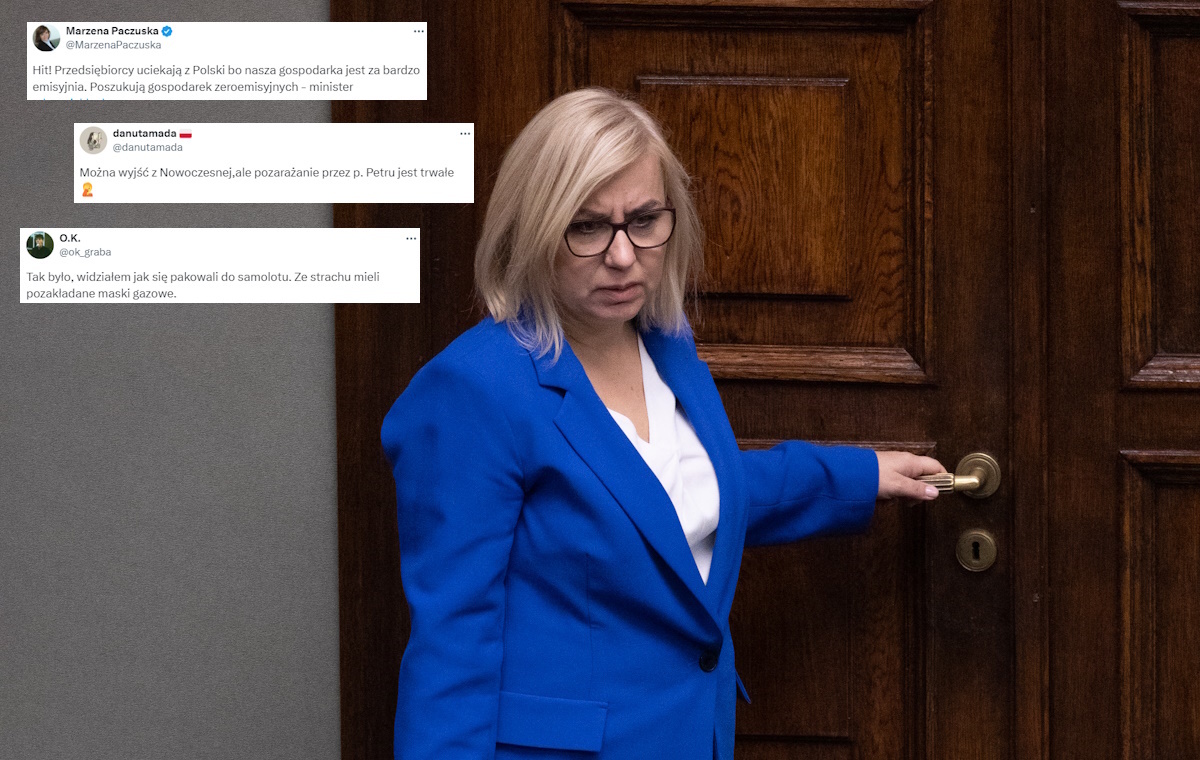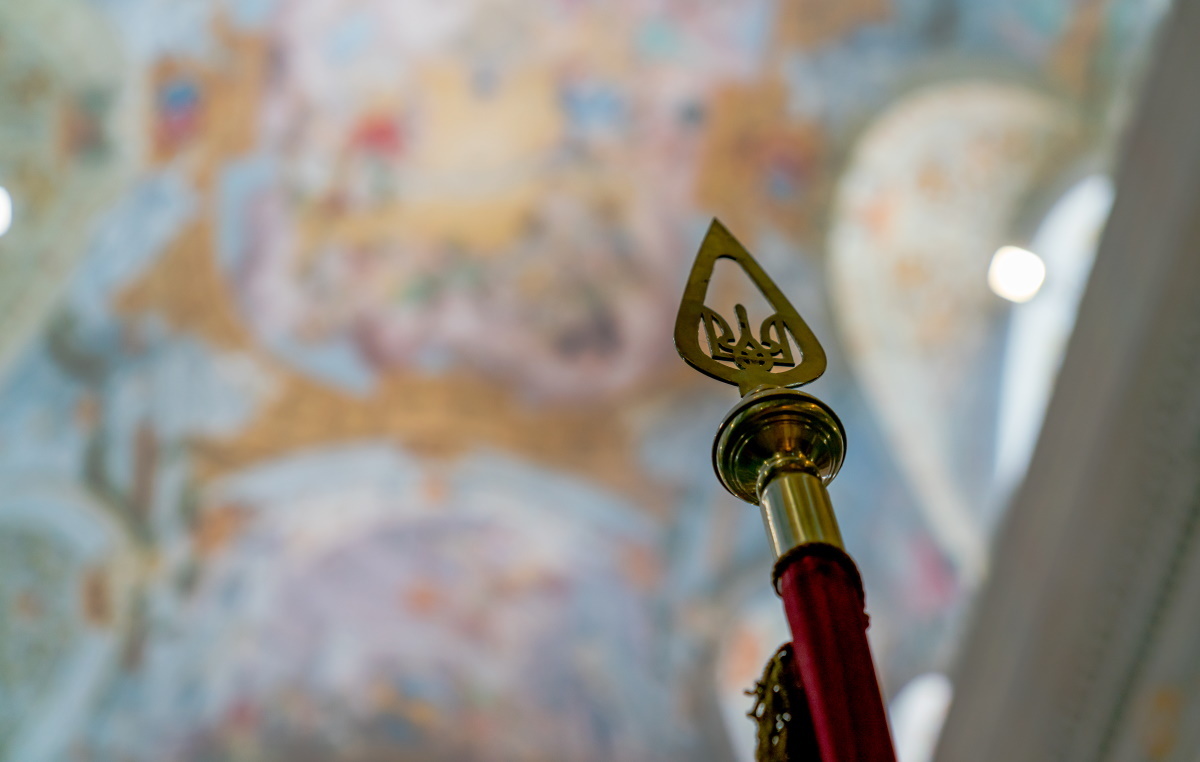60 elementary school students at the Srebrzysko Cemetery, in the center – with glasses – history teacher Mikołaj Wysiecki, despite his young age, is well suited to promote the memory of veterans
photo: Agnieszka Grabowska / Gdańsk . Museum
By the sea, after hard times
– After World War II, Tri-City became the new home for many newcomers from central Poland and the pre-war eastern provinces. Among them were Home Army soldiers who managed to evade capture by the Soviets or those linked to Gdask after years of exile – said Dr. Janusz Marszalec, deputy director of the Gdask Museum, initiated the action. Often, after their death, the only people who visited their graves were colleagues from the ward. When they are gone, our schools, institutions, foundations, associations and museums take care of them.
Ewa Bąkowska has died – a woman from Gdask who knew Major “Hubal”
It’s about a grave that no one has to take care of from among relatives and friends. About 60 such graves have been identified in Gdask alone. Signals about further burial sites are collected by the Gdask Foundation, which runs the portal. perswalamypamiec.pl – through it, residents can provide the location of the graves of Home Army soldiers and provide information and materials related to the lives of soldiers of the Polish Underground State.
Memory lessons like a little
The Hero Cemetery Initiative has a track record of 11 years. From the outset, the aim was to combine museum lessons, volunteer activities and encounters with witnesses or participants in historical events.
– The first lessons at the Srebrzysko Cemetery in Gdańsk were organized in 2011 with Wiesław Gierłowski, a well-known artist, art historian, longtime friend of the Amber Museum, who served in the 77th Infantry Regiment of the Interior Army – recalls Mateusz Jasik, head of the Guardhouse No. 1, branch of the Gdask Museum. – During the lesson, participants can listen to reports from Operation “Ostra Brama” carried out as part of “Operation Hurricane” right over the grave of its commander, Nowogródek district commander, Adam Szydłowski “Poleszuk”, Cichociemny.
In honor of the heroes. 78th anniversary of the outbreak of the Warsaw Uprising VIDEO AND PHOTOS
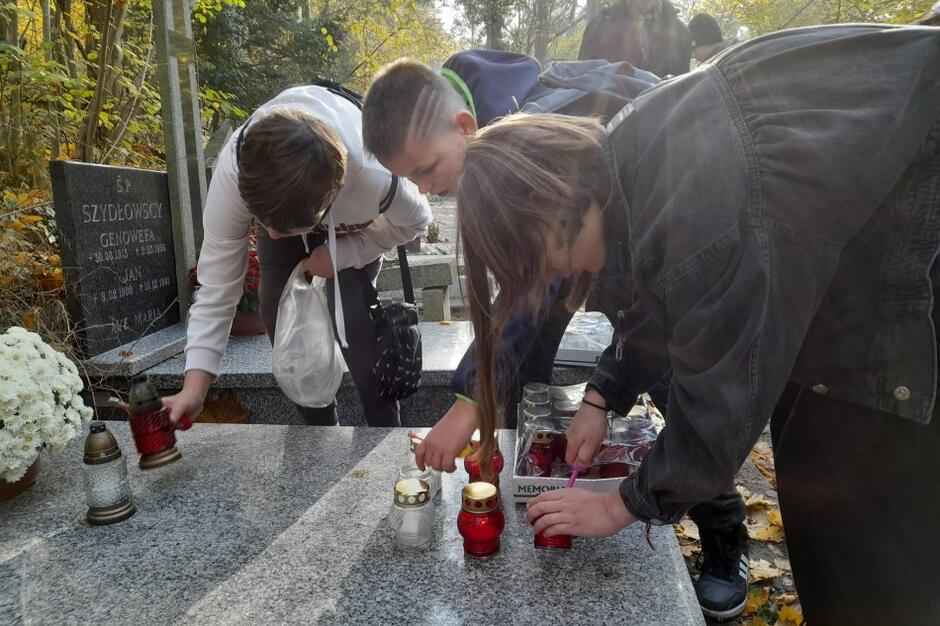
The Hero Cemetery Initiative has a track record of 11 years. From the outset, the aim was to combine museum lessons, volunteer activities and encounters with witnesses or participants in historical events.
photo: Agnieszka Grabowska / Gdańsk . Museum
Mikołaj Wysiecki: “They are the last generation”
Since then, every year veterans, students, and historians have visited Home Army soldiers’ graves and postwar independence dungeons.
– During lessons lasting a few hours, we were able to visit and arrange some cemeteries. However, the most important thing is that students, when they visit the cemetery with their parents, do not indifferently pass by the places where the soldiers of the Polish campaign of 1939, the Polish Underground State, army generals Anders and general Maczek are buried. – emphasizes Mikołaj Wysiecki, history teacher and WoS SP 60 in Gdańsk and SP 1 in Sopot, event partner. – I always want them to appreciate that they are the last generation who can still talk to the heroes of World War II and remember what they owe them.
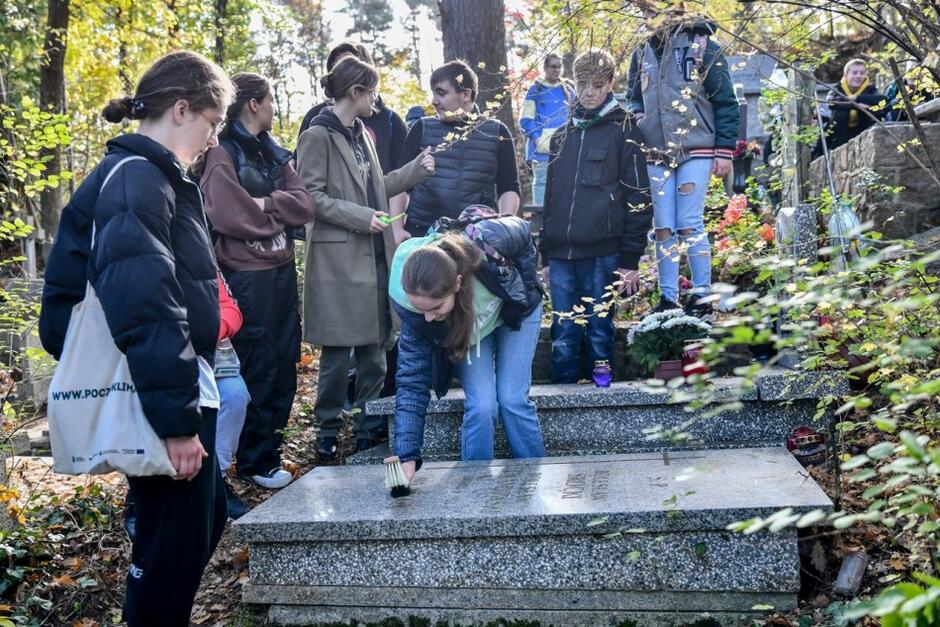
It’s about a grave that no one has to take care of from among relatives and friends. About 60 such burial sites have been identified in Gdańsk alone
Agnieszka Grabowska lot / Gdańsk . Museum
In Srebrzysko, with professor Grzywacz
On Wednesday, October 26, students of Elementary School No. 60 in Gdańsk visited the Srebrzysko Cemetery. It was not just a grave clean-up act, but a real lesson that young people will remember for the rest of their lives – they can enjoy the company of the 93 year old prof. Jerzy Grzywacz, ps. “The Tapir”, which still impresses with its excellent health and memory. Jerzy Grzywacz served in the Gray Ranks from 1942, when he was 15 he participated in the Warsaw Uprising. Today he is a retired physics professor, still socially active as president of the Gray Rank Association’s Marine Division and president of the Pomeranian District of the World Home Army Soldier Association.
They cleaned, among others, the graves of the pseudonym Tadeusz Urbanowicz Moskito, the pseudonym Wandy Minkiewicz Danka, Zdzisława Zielenia ps. Orlik, Adam Szydłowski ps. Poleszuk, Robert Nakwas-Pugaczewski ps. Okoń, Franciszek Toporowicz and Michał Gawlicki. It was an opportunity to talk about the origins of World War II, the personal choices and tragedies of that generation, and the privilege of living in times of peace.
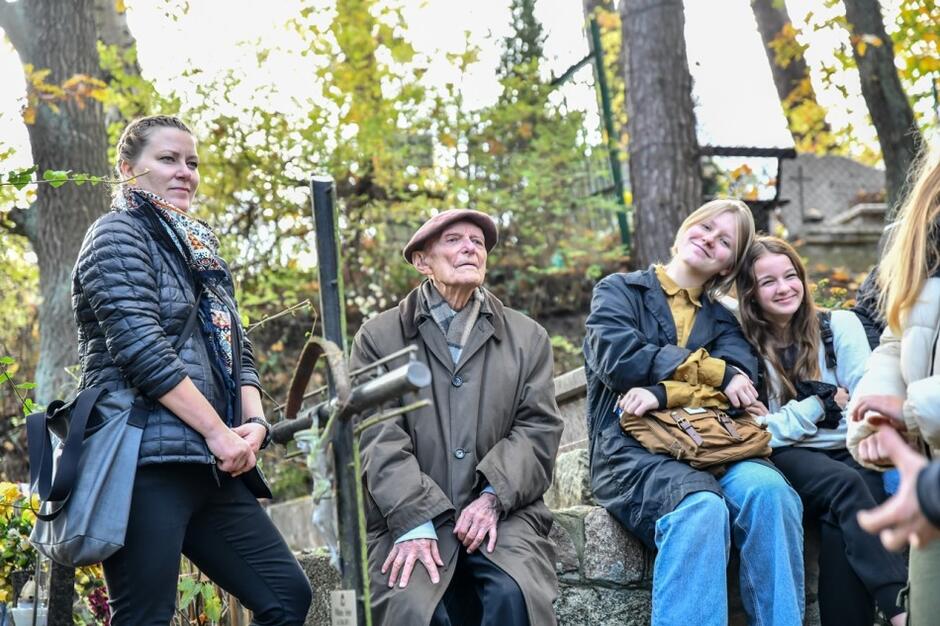
It was not just a grave clean-up act, but a real lesson that young people will remember for the rest of their lives – they can enjoy the company of the 93 year old prof. Jerzy Grzywacz, ps. “Tapir”
photo: Agnieszka Grabowska / Gdańsk . Museum
“Hero’s Cemetery” also in Sopot
This year, Sopot was expanded for the first time. At the Catholic Cemetery on ul. Malczewskiego 18, the grave of Bolesław Srocki, an outstanding politician, social activist and ideological leader of PET, an underground organization that supports its members from the Gray Ranks Assault Group, is visited. Burial site of Jan Kordulski, a Home Army soldier, participant in the Warsaw Uprising, as well as Norbert Gołówński, a Polish Navy officer, Cichociemny, a Home Army soldier, participant in the Warsaw Uprising, and the symbolic grave of Fr . Jerzy Majewski.
Organizers of the “Hero’s Cemetery” campaign are the Kwatera Akowska Association at the Ostowicki Cemetery, the World Union of Home Army Soldiers and the Gdańsk Museum.
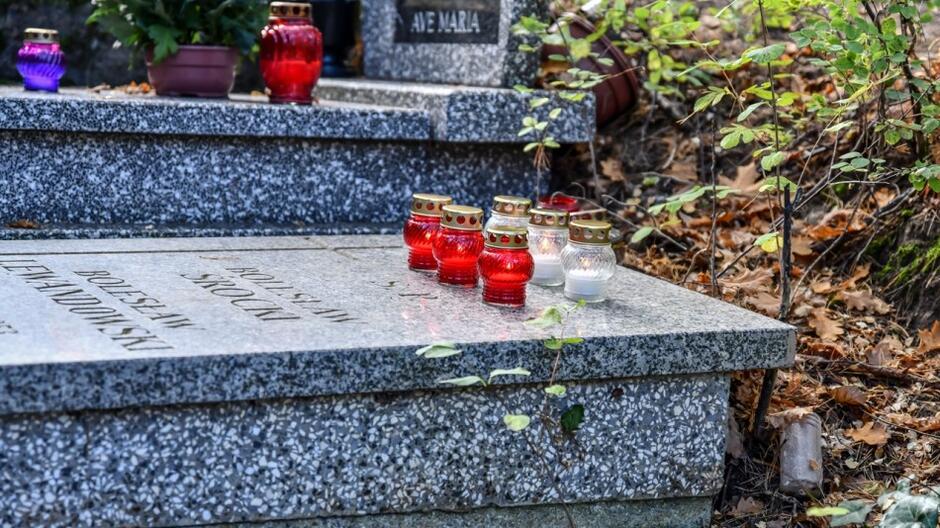
Tomb of Bolesław Srocki, a prominent politician, social activist, ideological leader of PET – an underground organization in Sopot, which gives its members the Gray Rating Assault Group
photo: Agnieszka Grabowska / Gdańsk . Museum

“Reader. Future teen idol. Falls down a lot. Amateur communicator. Incurable student.”

